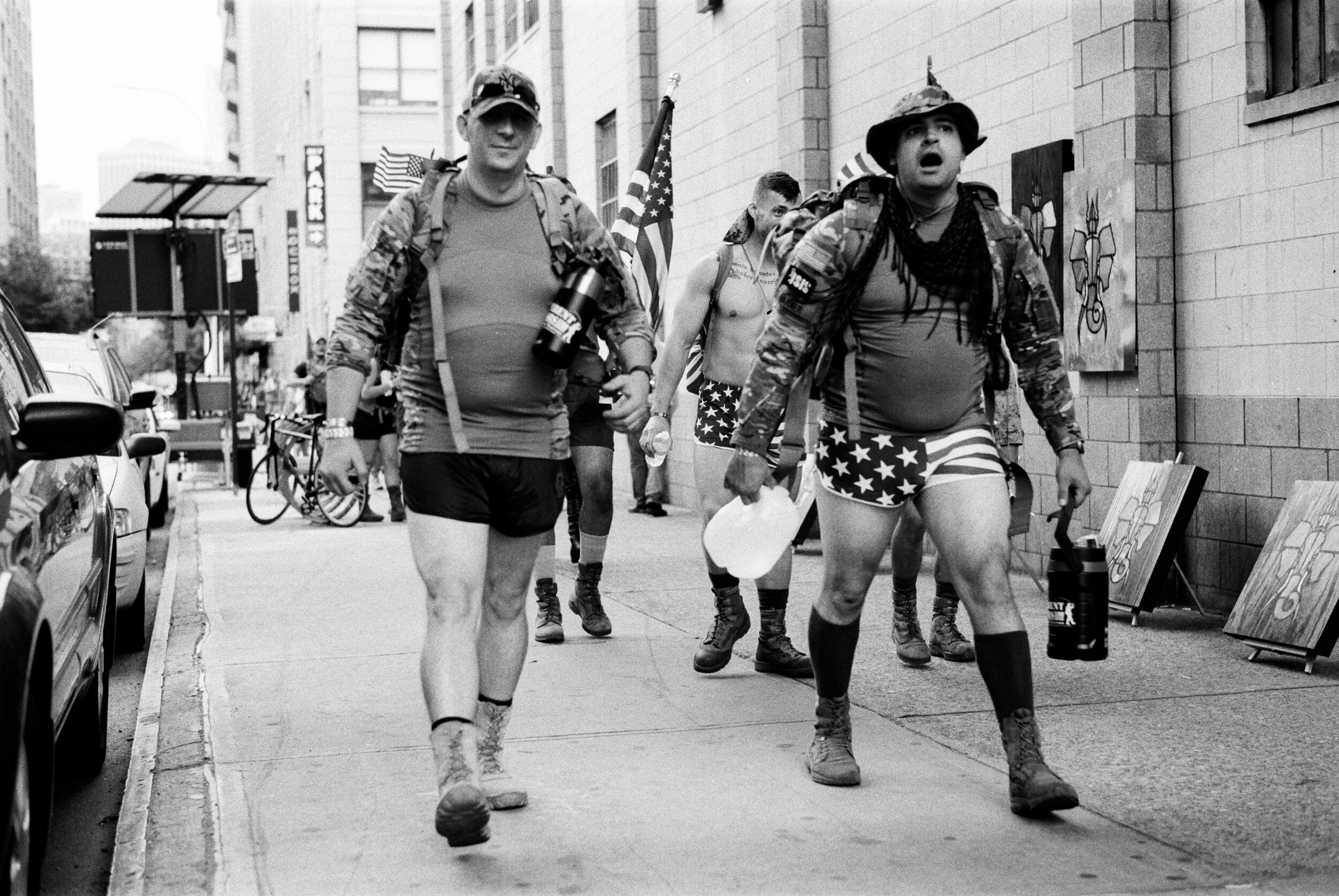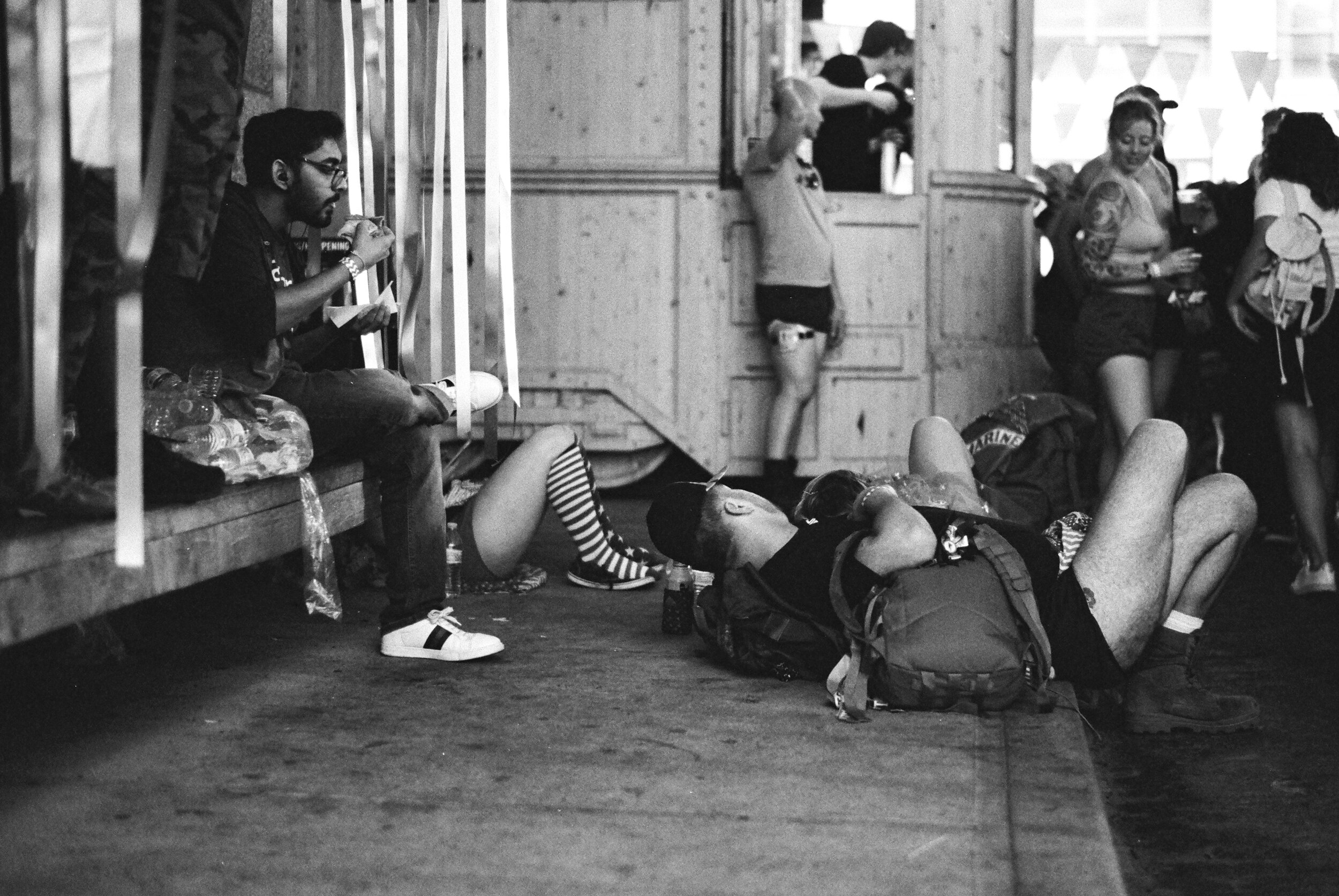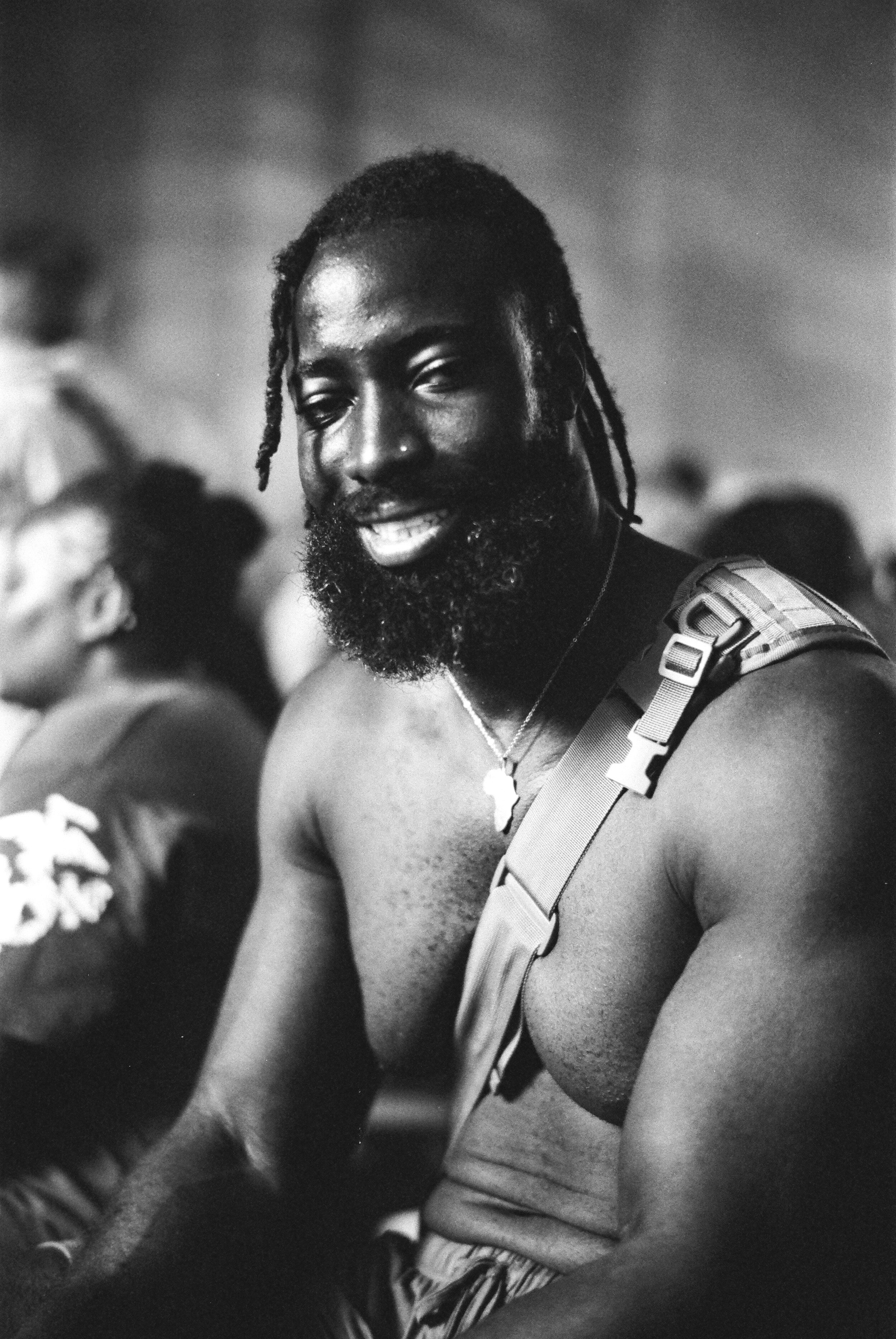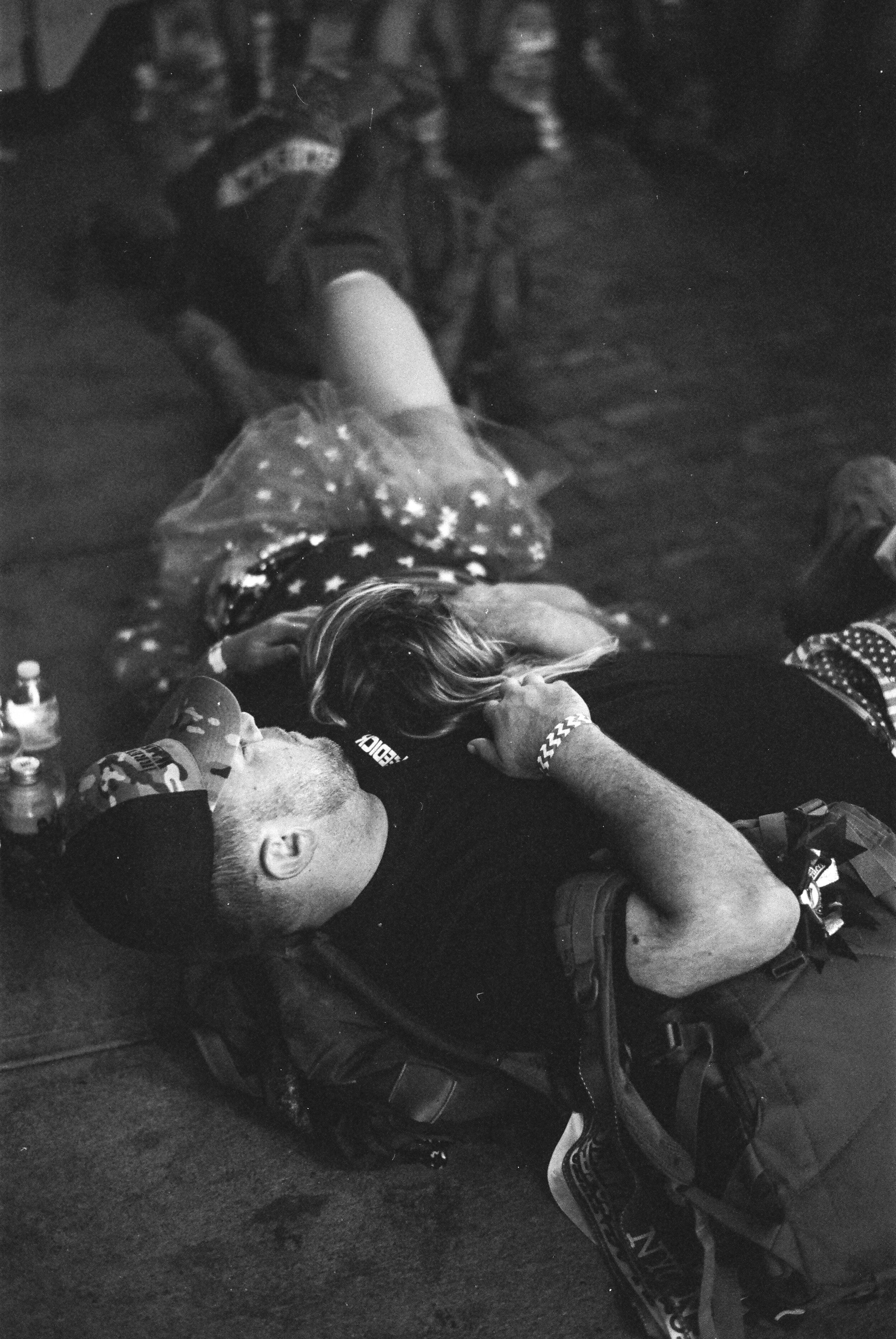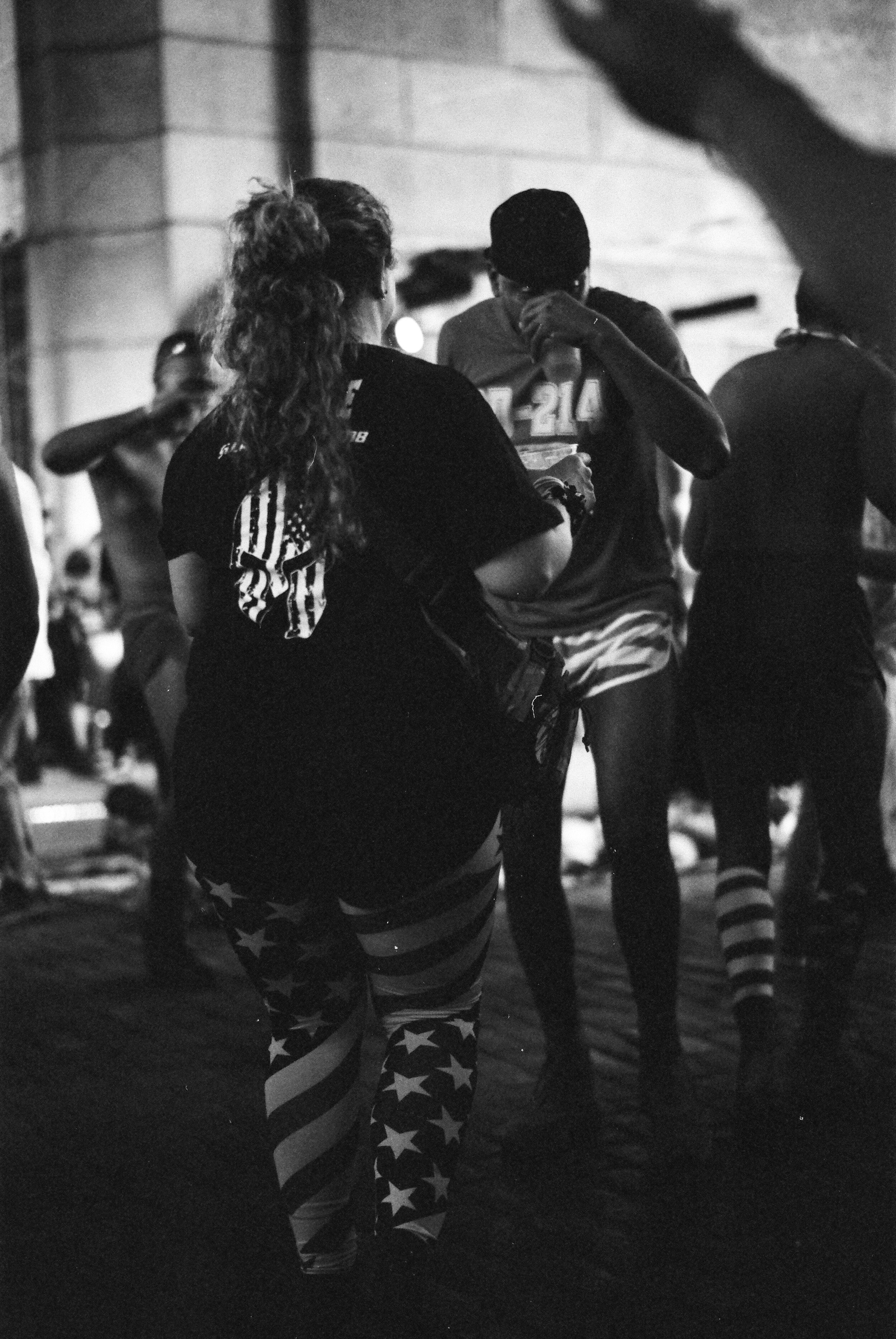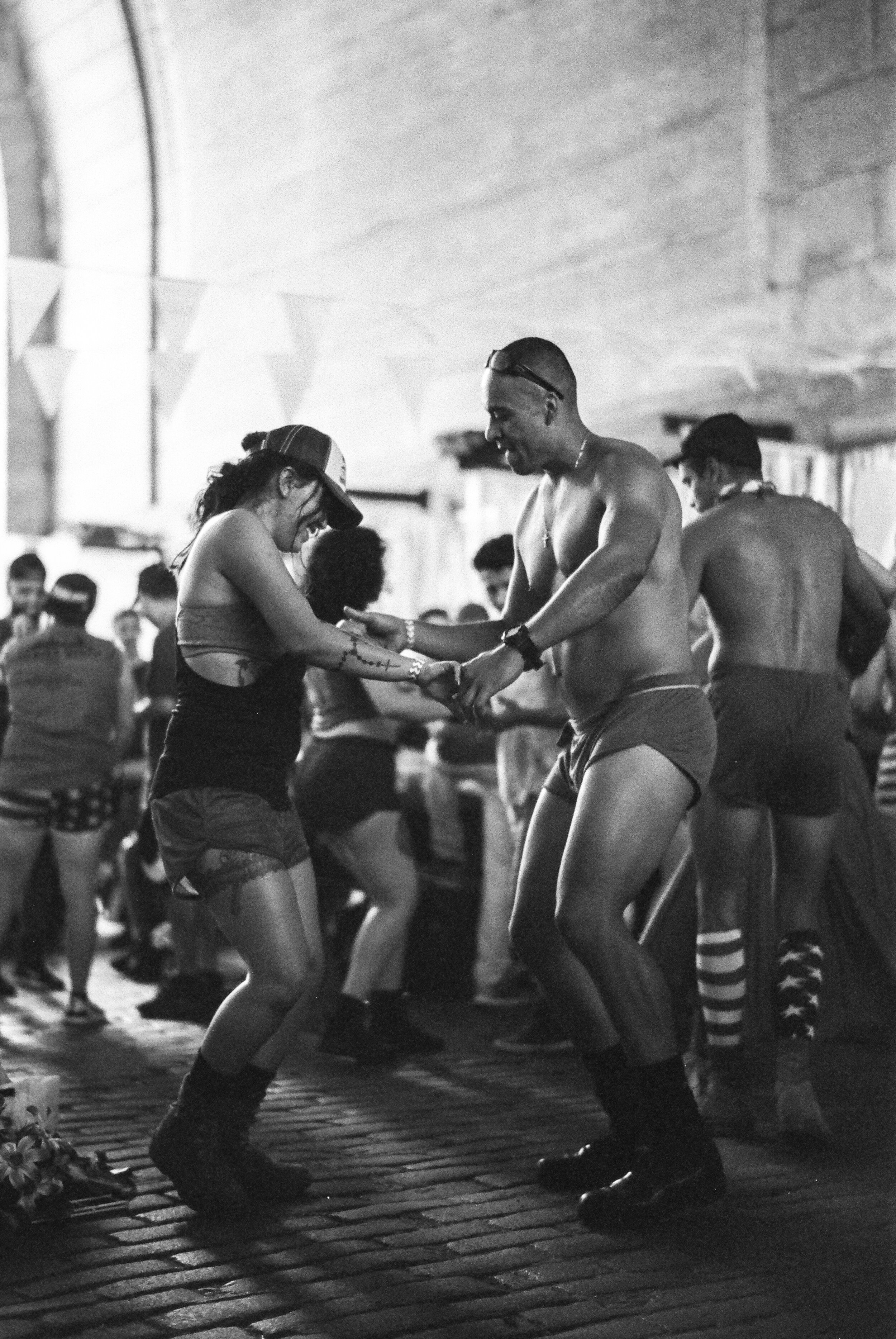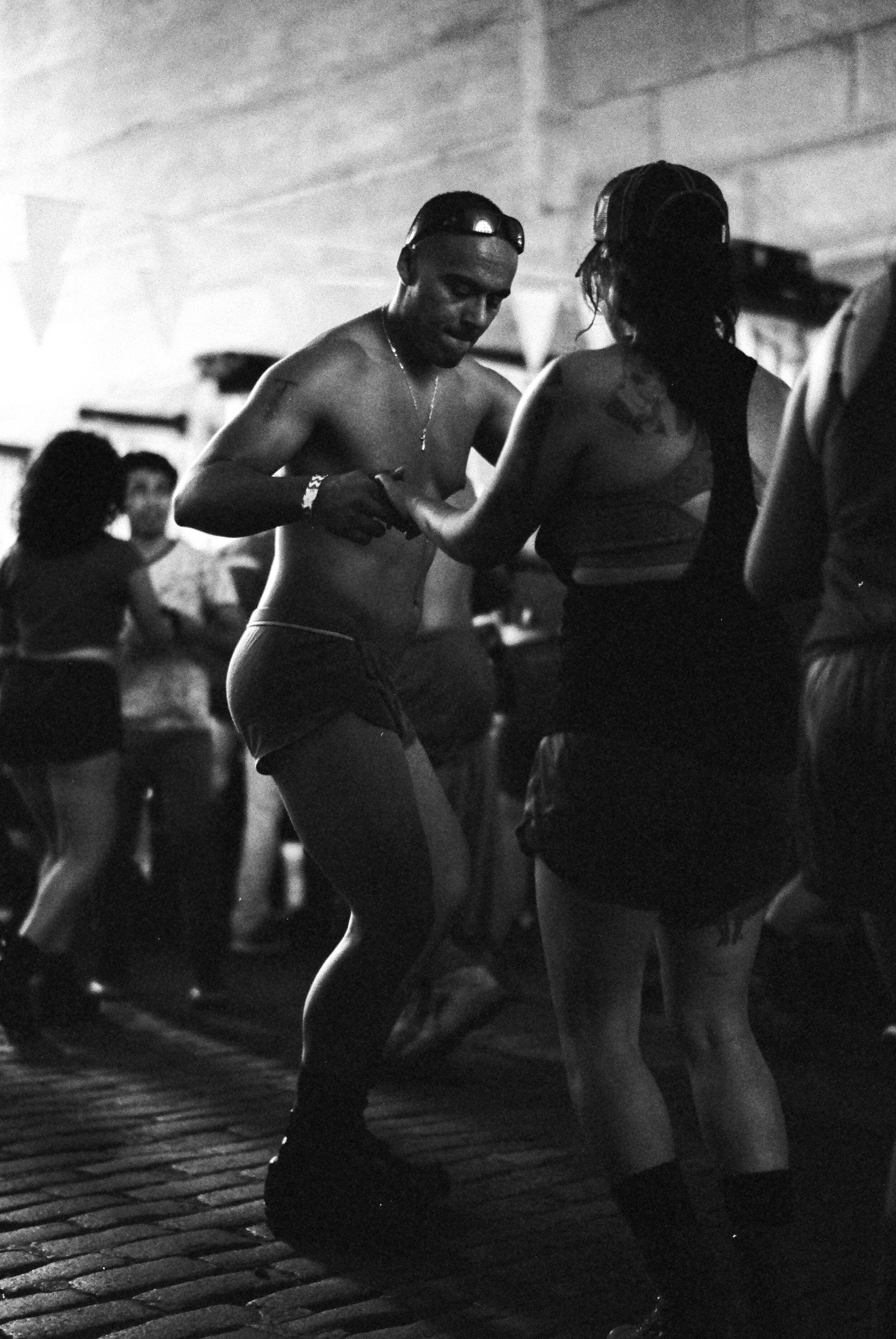A long standing tradition that spans hundreds of centuries, the Sai Yong Hong Opera is one of only twenty running operas left in Thailand performing on the streets of Bangkok. Since the dawn of the seventh-century of the Tang Dynasty, Sai Yong Hong Opera (SAYH from now on) continuously entertains the publics with old comedies and tragedies of Chinese folk stories.
SAYH’s actors are extremely dedicated to their daily performances. So much so that over thirty or so male performers typically spend over two hours each night applying heavy make up to transform into some amazing characters. Old traditions only permitted male figures to perform in operas hence many took on female roles. With times changing these restrictions were recently lifted and females too are allowed to perform. At the time of my visit, majority of the performers were still males.For those of you who were wondering why only males were permitted to perform, the reason would be that these performances are typically commissioned by the shrines of Bangkok and in the old times, females were not aloud to touch the shrine so they were not allowed to perform or be anywhere near the stage.
With such a small crew, everyone would work double roles both on stage and off stage. During the show; actors sing, dance, and even play instruments such as the hammered dulcimer and the four stringed pipa. Everyone praises SAYH for its elaborate costumes and magnificent martial arts skills. But my favorite thing about these performances is that its delivered in Teochew, which is a dialect originating centuries ago in southern China.
For the past ten year, SAYH has been performing in Thailands bustling city of Bangkok. Outside of China, Thailand is home to the largest Chinese community. Roughly 17% percent of residents in Thailand are Chinese, assuring that this long tradition of moving operas will not disappear anytime soon. But behind these elaborate outfits, and the colorful curtains is a grim and uncertain future for this troupe.
Though performances are free to the public, the continuous growth of the digital age is slowly decreasing audience participation in this cornerstone of heritage and culture viewing. The younger generations simply care more about technology. They would rather watch western shows then shows about their own culture. When I sat at one of these operas, majority of the audience was well above the age of sixty. At the time, not once have I seen a teenager sit thru one of these performances. A decrease in audience numbers is drastically affecting SAYH.
The current manager of of the troupe is a man who goes by the name of Tatchai Obthong. See him above in action narrating scenes during the show. Obthong watch his first opera at the age of 7. At the time he didn’t like it because of the loud noises. But terrible faith had it that it wouldn’t be his last show. At the end of seeing his first show, his mother sold him to the show. The story goes that his mother left his father after he began struggling with a gambling addiction and as time got harder for the both of them, his mother had no choice but to sell him. Being both Chinese and Thai was a little bit difficult for him as he had to learn Teochew to be able to work. He started at the bottom and slowly grew in ranks over the years. While working at the opera, he fell in love with a coworker and she became his wife. After years of hard work, Obthong rose to the top of the ranks and is now the current manager of the Sai Yong Hong Opera.
Over the years Obthong himself noticed that the scene of operas in the streets had slowing been decreasing. As a performer in his early years he would be just a small part of a hundred actors or so. Now the Sai Yong Hong Opera hosts roughly thirty or so performers. He worries about the future of his opera. I mean after all they are all family and operas is the only thing they know how to do. But Obthong’s hopes are high for a turn around. Wether they perform for ten people or for a hundred people, Obthong says that they perform for the gods and not the people. At the end of the day, its a tough and brutal job. I mean for Christs sake some are said to sleep under the stages over night, and when it rains they sleep in hammocks. But those who perform have no regrets. At this point in life, for those who are in their older age believe that the gods will take care of them when they can no longer perform. These guys all their lives know nothing else but the opera. And though times are tough, they love what they do. So if you ever make it to Thailand, I highly recommend watching one of these street operas in town.
Piotr Kuzniar












